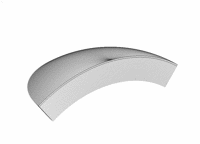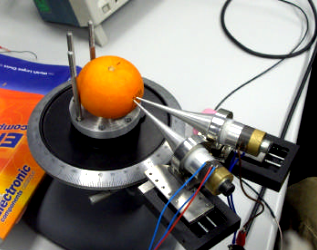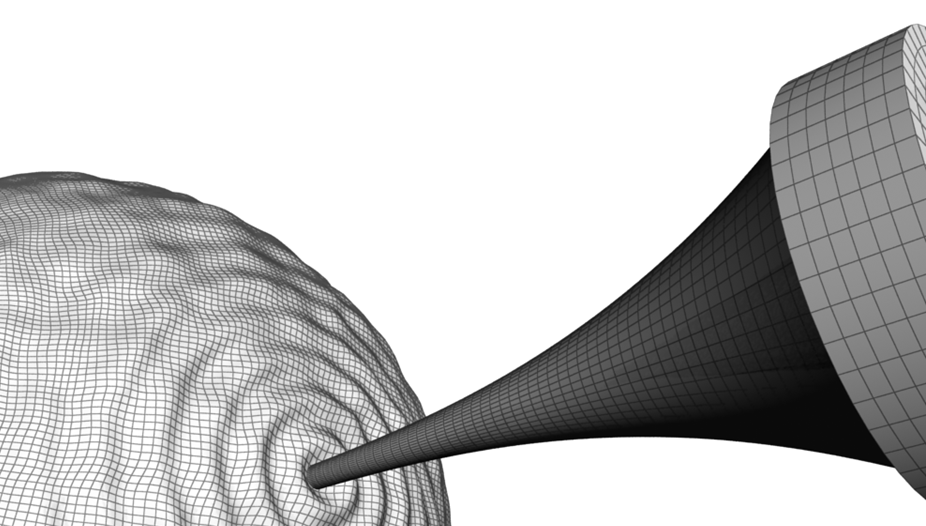Industrial applications of ultrasound
Beyond the medical use of ultrasound I'm developing toghether with Francisco Camarena's UMIL lab at I3M several industrial applications of ultrasound, mostly under agreement and contracts with private companies. These include industrial applications of ultrasound for food texture and quality characterization, and custom ultrasonic sensors and actuators for specific industrial applications. We are open to design, optimize and fabricate transducers on request for industrial applications.
Lines
Ultrasound techniques for vegetable tissue characterization

The elastic parameters of fruit and vegetables are normally monitored in quality control processes as there is a good correlation to the degrees of firmness, turgidity and humidity. These parameters have been traditionally measured by means of penetration tests, which are destructive. We have designed, tested and validated nondestructive ultrasound techniques for elastic and acoustic characterization of orange fruits, providing a quality monitorization method for postharvest processes.
The plant tissues, in particular the orange’s skin, are essentially aqueous-filled structures of varying density and elas-ticity composed by fat and acids substances, as well as areas of intercellular air. In recent years many techniques have been developed for ultrasonic characterization of fruit and vegetables in postharvest processes. All have found common macroscopic acoustic parameters: a slow propagation speed and a large absorption.

It is intended therefore to obtain a prediction model of ultrasounds propagation in this viscoelastic heterogeneous media by FDTD (Finite Difference Time Domain) techniques. Thus, this paper presents a time domain numerical model for simulating acoustic propagation in plant tissue. This model correctly describes the special characteristics of wave propagation experimentally detected in these biological tissues, emphasizing the need for elastic frequency dependent characteristics: a frequency dependent elasticity modulus. These simulation results will be compared with measures obtained from an experimental device to validate the numerical model. Thus, the validation of a model of mechanical wave propagation in heterogeneous media has a great interest because it will deepen the understanding and development of new techniques for characterization of complex materials, providing tools for predicting propagation processes in this kind of media.

N. Jiménez, R. Picó, F. Camarena, J. Redondo, B. Roig,
Postharvest Biology and Technology, 67, pp 130-137, (2012)